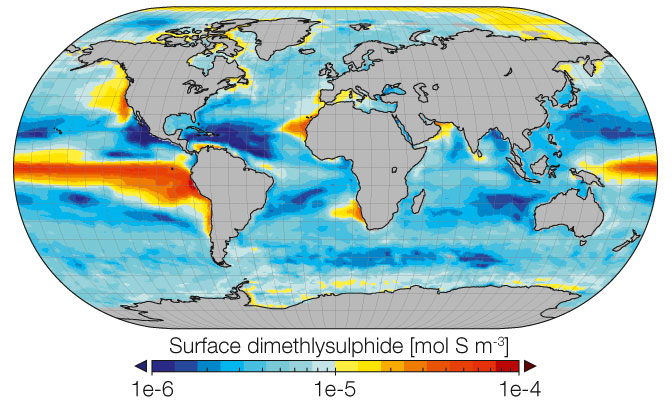Überblick
Das VEC-Projekt (“Volcanic Eruptions and their Impact on Future on Climate“) zielte darauf ab, die Auswirkungen von Vulkanausbrüchen auf zukünftige Klimawandelprojektionen anzugehen. Der große Einfluss starker Vulkanausbrüche auf das Klima wurde schon vor langer Zeit erkannt. Eine Reihe von Zukunftsszenarien mit großen und kleinen Vulkanausbrüchen wurde simuliert und in eine Reihe von zukünftigen Klimaprojektionen integriert, um mögliche Auswirkungen auf das Klima, extreme Wetterereignisse und die Nahrungsmittelproduktion zu untersuchen.
Overview
The VEC project (“Volcanic Eruptions and their Impact on Future Climate”) addressed the effects of volcanic eruptions on future climate change projections. The large influence of powerful volcanic eruptions on climate was recognised long ago. A set of future scenarios with both large and small volcanic eruptions was simulated and integrated into a standard set of future climate projections in order to investigate the potential effects on climate, extreme weather events and food production.

